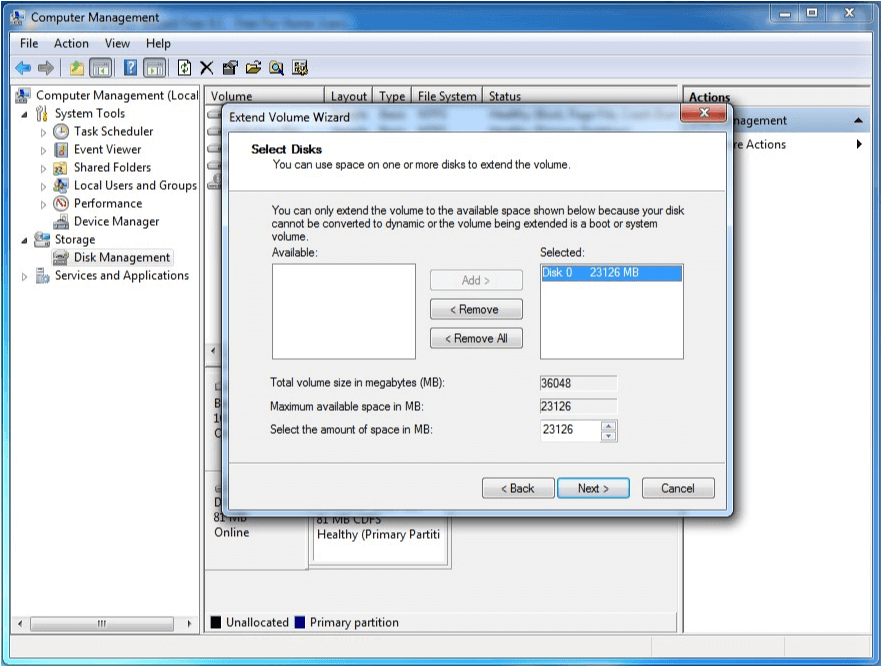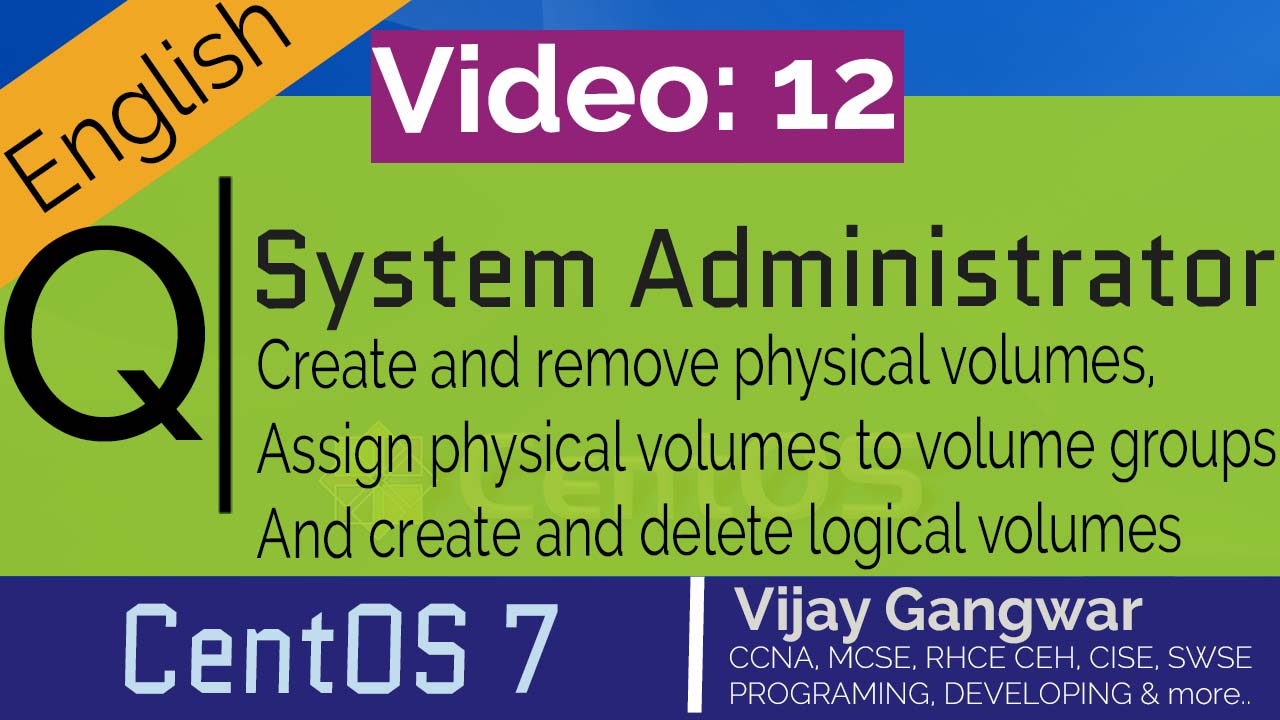

Some Linux-based Live CDs also use snapshots to simulate read-write access to a read-only optical disc. Snapshots have a similar effect as rendering storage quiescent, and are similar to the shadow copy (VSS) service in Microsoft Windows. Snapshots can be useful for backing up self-consistent versions of volatile data such as table files from a busy database, or for rolling back large changes (such as an operating system upgrade) in a single operation. If the snapshot volume was made smaller than its origin, which is a common practice, this may render the snapshot inoperable. Unless the volume management supports both thin provisioning and discard, once an LE in the origin volume is written to, it is permanently stored in the snapshot volume.

This preserves an old version of the LV, the snapshot, which may be later reconstructed by overlaying the copy-on-write table atop the current LV. In this scheme, the volume manager will copy the LE to a copy-on-write table just before it is written to. Some volume managers also implement snapshots by applying copy-on-write to each LE. Hybrid volumes present a similar concept as hybrid drives, which also combine solid-state storage and rotational magnetic media. ZFS also implements this functionality at the file system level, by allowing administrators to configure multi-level read/write caching. On Linux, bcache or dm-cache may be used for this purpose, while Fusion Drive may be used on OS X. For instance, a workload may consist of random seeks so an SSD may be used to permanently store frequently used or recently written data, while using higher-capacity rotational magnetic media for long-term storage of rarely needed data.

#LOGICAL VOLUME MANAGER WINDOWS UPGRADE#
Most volume managers can perform this movement online if the underlying hardware is hot-pluggable this allows engineers to upgrade or replace storage without system downtime.Ī hybrid volume is any volume that intentionally and opaquely makes use of two separate physical volumes. This may involve moving already-allocated LEs out of the PV. VGs can grow their storage pool by absorbing new PVs or shrink by retracting from PVs.
#LOGICAL VOLUME MANAGER WINDOWS OFFLINE#
This allows administrators conveniently to bring VGs online, to take them offline or to move them between host systems as a single administrative unit. PVs and LVs cannot be shared between or span different VGs (although some volume managers may allow moving them at will between VGs on the same host). A file system that can be resized online is recommended in that it allows the system to adjust its storage on-the-fly without interrupting applications. Changing the size of the LV does not necessarily change the size of a file system on it it merely changes the size of its containing space. Some volume managers allow the re-sizing of LVs in either direction while online. This allows LVs to grow without having to move already-allocated LEs. The concatenated LEs do not have to be contiguous. Striped LVs allocate each successive LE from a different PV depending on the size of the LE, this can improve performance on large sequential reads by bringing to bear the combined read-throughput of multiple PVs.Īdministrators can grow LVs (by concatenating more LEs) or shrink them (by returning LEs to the pool).

Systems can use LVs as raw block devices just like disk partitions: creating mountable file systems on them, or using them as swap storage. The pooled LEs can then be concatenated together into virtual disk partitions called logical volumes or LVs. The system pools LEs into a volume group (VG). PVGs are usually laid out so that they reside on different disks or data buses for maximum redundancy. These PEs are drawn from a physical volume group (PVG), a set of same-sized PVs which act similarly to hard disks in a RAID1 array. With mirroring, multiple PEs map to each LE. Normally, PEs simply map one-to-one to logical extents (LEs). Some volume managers (such as that in HP-UX and Linux) have PEs of a uniform size others (such as that in Veritas) have variably-sized PEs that can be split and merged at will. Volume management treats each PV as being composed of a sequence of chunks called physical extents (PEs). They start with physical volumes (PVs), which can be either hard disks, hard disk partitions, or Logical Unit Numbers (LUNs) of an external storage device. Most volume-manager implementations share the same basic design.


 0 kommentar(er)
0 kommentar(er)
